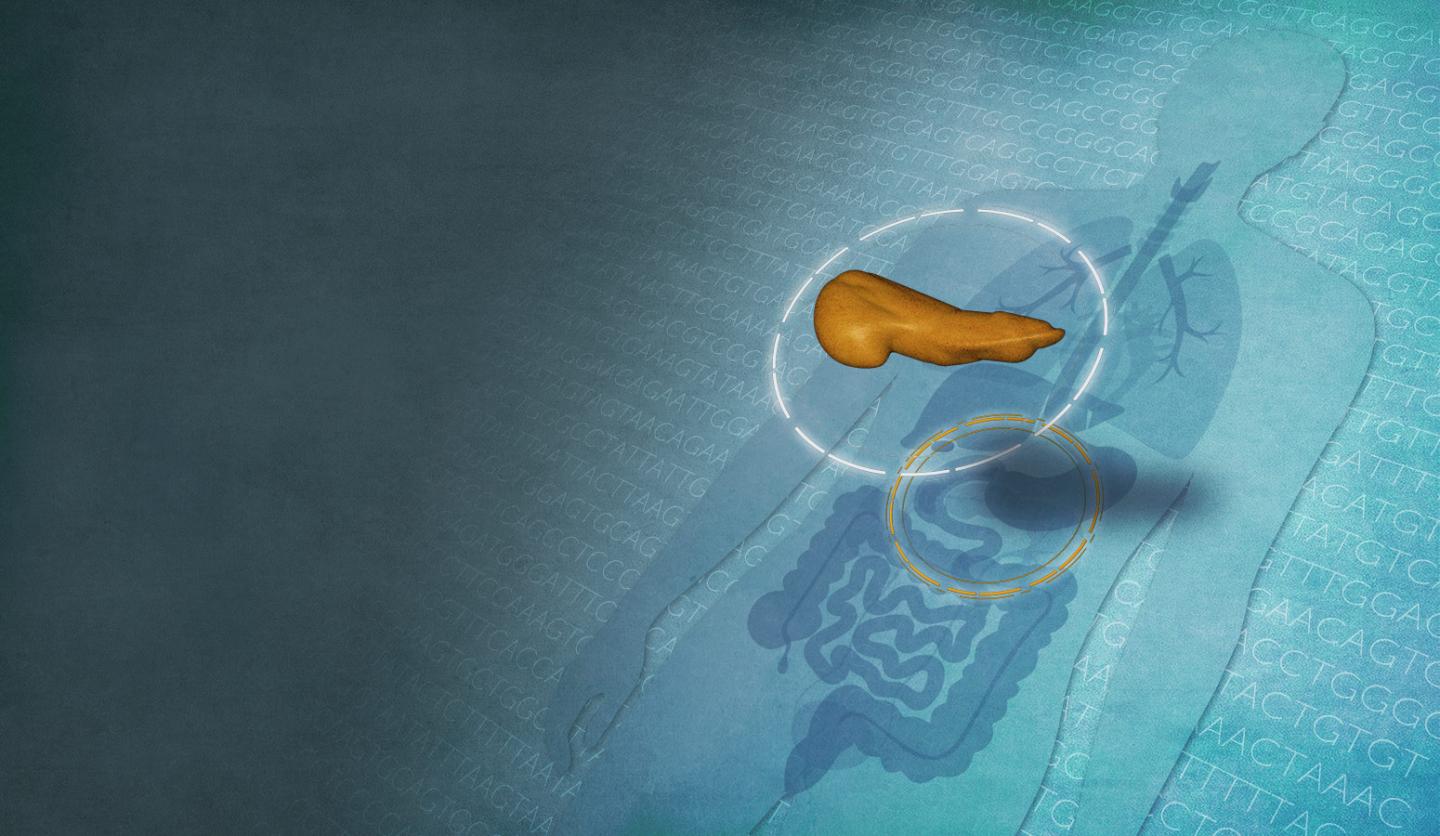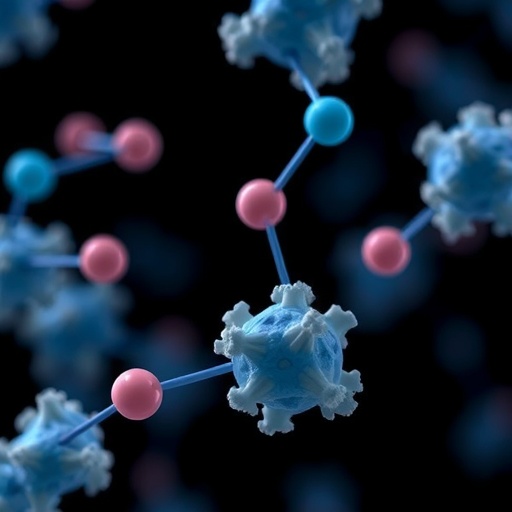Researchers show critical association between diabetes and previously unlinked ZRANB3 gene

Credit: Ernesto del Aguila III, NHGRI
National Institute of Health researchers have reported the largest genomic study of type 2 diabetes (T2D) in sub-Saharan Africans, with data from more than 5,000 individuals from Nigeria, Ghana and Kenya. Researchers confirmed known genomic variants and identified a novel gene ZRANB3, which may influence susceptibility to the disease in sub-Saharan African populations. The gene could also influence the development of T2D in other populations and inform further research.
In a study published in the journal Nature Communications, researchers analyzed genomic data available on participants through the Africa America Diabetes Mellitus study, the single largest diabetes genomic association study conducted on the continent. Using the information available from 5,231 people, they found many genomic variants to be significantly associated with T2D.
The findings replicate results for many of the variants which other research studies have already implicated in T2D in mostly European ancestry populations. The work was funded by the National Human Genome Research Institute (NHGRI), the National Institute of Diabetes and Digestive and Kidney Diseases and the Office of the Director at the National Institutes of Health.
“Africa is the original cradle of all humanity, to which all humans can trace their genetic origin,” said Francis S. Collins, M.D., Ph.D., co-author of the paper and senior investigator with the NHGRI Medical Genomics and Metabolic Genetics Branch. “Thus, studying the genomes of Africans offers important opportunities to understand genetic variation across all human populations.”
To better understand how ZRANB3 was involved in T2D, the researchers studied its effects on zebrafish pancreas. The pancreas is one of the key organs involved in T2D, because their β-cells release insulin as a response to rising glucose in the bloodstream.
“In the early days of large-scale genomic studies, we did not know the effect of genes we found through our statistical tests,” said Dr. Adebowale Adeyemo, NHGRI researcher and first author of the paper. “But with the availability of new genomic tools, our next step was to ask: What does ZRANB3 do? How does it confer risk for T2D, and by what mechanisms does it act? That is the knowledge that will help the results become actionable for patients.”
Working with Dr. Norann Zaghloul of the University of Maryland, the researchers used a CRISPR-Cas9 DNA editing system to make the ZRANB3 gene inoperative in zebrafish (called a ‘knockout’). They also used biological tools to reduce the expression of the ZRANB3 gene in different zebrafish. In both cases, researchers observed a reduction in β-cell numbers in the developing zebrafish embryo. They realized it was because the β-cells were being destroyed when the ZRANB3 gene was inactive.
To follow up on these results and identify the consequence of such β-cell death, the researchers took β-cell cells from mice and performed a similar knockdown of the ZRANB3 gene as in the zebrafish model. They found that cells with ZRANB3 knockdown released much less insulin in the presence of high glucose than normal mouse β-cells.
Although the role of ZRANB3 in T2D was discovered in African populations (which have been vastly underrepresented in genomics research), it is possible that the same gene may also influence the development of T2D in other populations as scientists study the biology of this gene further, according to the researchers.
This is because the function of genes is, for the most part, universally same. However, differences in sequence variations in a gene as well as how they interact with lifestyle, behavior and other factors may influence the impact of a gene on disease in a given population.
“The findings of this study further demonstrate why it is important to study all human populations. By doing so, we have the opportunity to make novel discoveries that will not only help the specific population but also people all around the globe,” said Dr. Charles Rotimi, senior author of the paper. “The biology then becomes generalizable, and that much more impactful.”
The next steps for the researchers will be to return to the human participants who have T2D as well as the variant for ZRANB3. The question is: could the presence of the ZRANB3 variant in T2D patients help predict whether these individuals will require insulin early in the course of their diabetes treatment? Providing insulin to such people early may be advantageous because that could help delay the exhaustion of their β-cells over time. This could someday be a simple, yet vastly effective way of treating T2D in a personalized manner.
###
Media Contact
Prabarna Ganguly, Ph.D.
[email protected]




